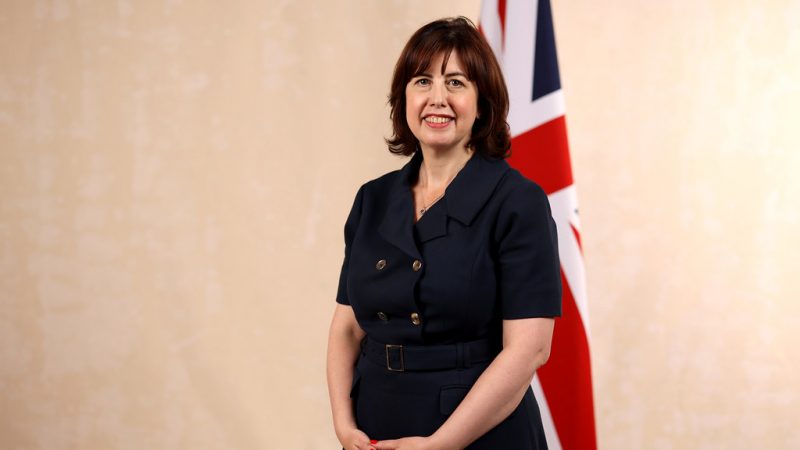
The headline result of Labour’s deputy leadership election was fairly straightforward.
Lucy Powell won by a clear margin of 54% to 46% over Bridget Phillipson, cementing her place as Angela Rayner’s successor.
But a cursory glance at the small print has had many observers asking more questions. Why, for example, did turnout appear to be so low at a paltry 16.6%?
Not only that, but given Labour’s reportedly declining membership numbers, why would this figure suggest the party’s faithful stood at close to one million?
And finally, why was the result closer than our polling had suggested?
A total of 160,943 eligible votes were cast in the election, which in theory would represent a substantial portion of Labour’s membership based on its peak of around half a million under Corbyn.
But the turnout figure doesn’t just include the party membership.
Members of affiliate organisations and unions are also eligible to cast their ballots in this election, pushing the total electorate to a far higher level.
It’s not known what the exact turnout of affiliates and party members is separately, although the working assumption has been that rate among members will be far greater. However, with Phillipson getting double the union endorsements of Powell, that may explain the difference as the LabourList polling was only of members,
Past leadership and deputy leadership elections have made that calculation clearer.
This was the case in 2020, where the breakdown of members, supporters and affiliate vote shares was made known.
Charlie Mansell noted on social media that, in 2020, there were 210,000 opt-in affiliated supporters of Labour among trade union members, with around 35% of those voting in the leadership election that year.
However, a rule change in 2021 increased the size of the affiliated trade union electorate to up to 1.4 million. While some trade unions, Mansell said, secured all their political levy payers with a vote for the deputy leadership election, others invited them to opt in.
Based on past data, he estimates paid up membership to total around 260,000, along with roughly 700,000 affiliate members.
It all comes amid speculation of collapsing Labour membership numbers as Reform and the Green make further gains.
We won’t have a clearer idea of Labour’s exact membership figures until they next make their annual accounts known to the Electoral Commission.
But the sleight of hand behind these deputy leadership figures is only likely to fuel speculation further.
Subscribe here to our daily newsletter roundup of Labour news, analysis and comment– and follow us on Bluesky, WhatsApp, X and Facebook.
Share your thoughts. Contribute on this story or tell your own by writing to our Editor. The best letters every week will be published on the site. Find out how to get your letter published.
-
- SHARE: If you have anything to share that we should be looking into or publishing about this story – or any other topic involving Labour– contact us (strictly anonymously if you wish) at [email protected].
- SUBSCRIBE: Sign up to LabourList’s morning email here for the best briefing on everything Labour, every weekday morning.
- DONATE: If you value our work, please chip in a few pounds a week and become one of our supporters, helping sustain and expand our coverage.
- PARTNER: If you or your organisation might be interested in partnering with us on sponsored events or projects, email [email protected].
- ADVERTISE: If your organisation would like to advertise or run sponsored pieces on LabourList‘s daily newsletter or website, contact our exclusive ad partners Total Politics at [email protected].




More from LabourList
Five Brent Labour councillors quit party and defect to Greens
NEC election timelines, party management and challenges ahead – Ann Black’s Labour NEC report
Labour’s identity crisis – caught between Blairism and Blue Labour